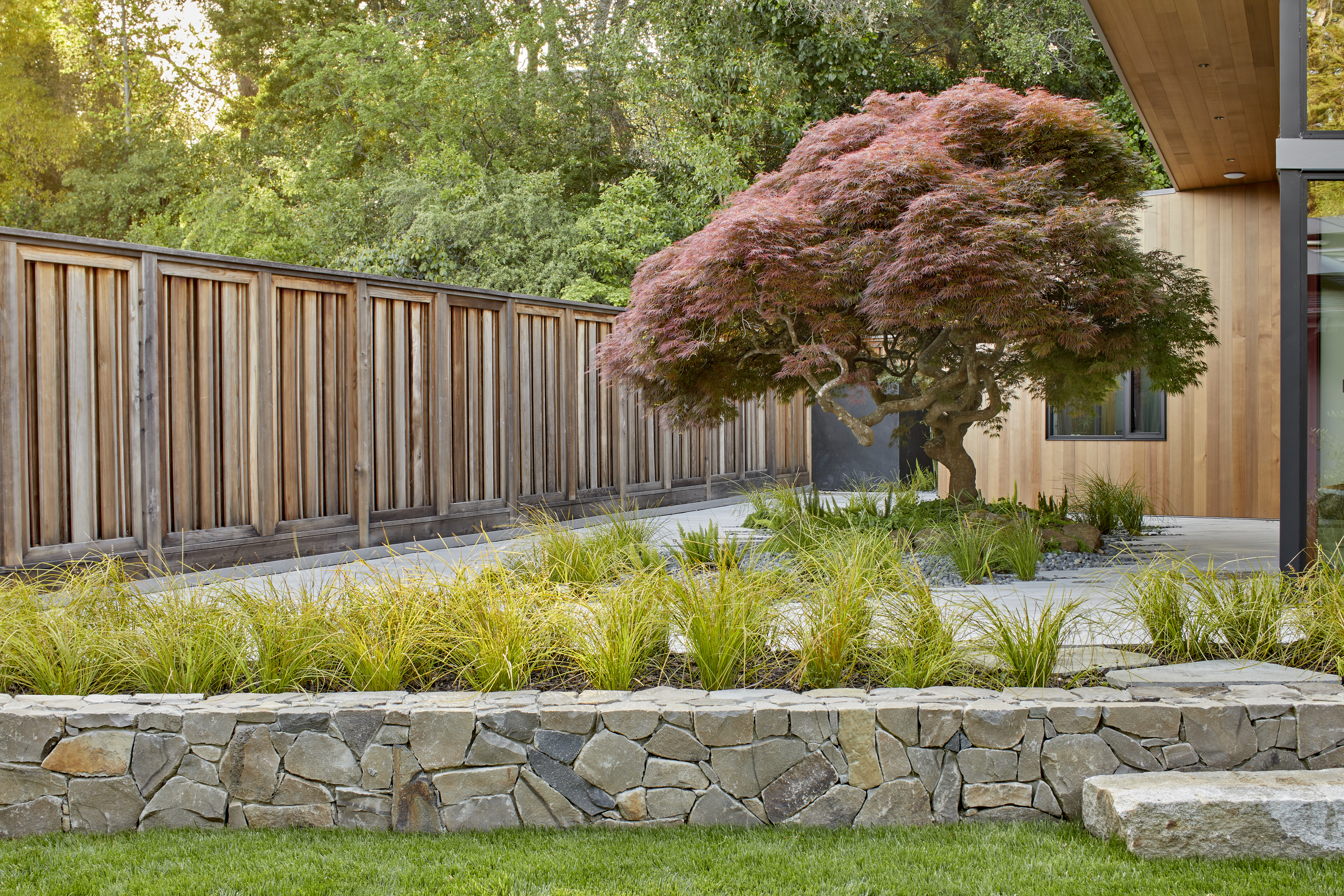
Soothing sounds, warmth in textures, dulcet silhouettes of foliage, and a surrounding tranquility that can mould a simple urban garden into an oasis that feels personal and beautiful. That's what Japanese garden design is all about.
It's not about peacocking backyard ideas or an overstimulation of decor in color and kind. Rather, this traditional landscape aims to please the eye and calm the mind with aid from minimalism and painstaking attention to detail.
If this style of outdoor design has piqued your interest as much as it has mine, let's venture further into the art of Japanese garden design and explore the concepts that make it whole.
1. Spark Serenity With a Water Feature
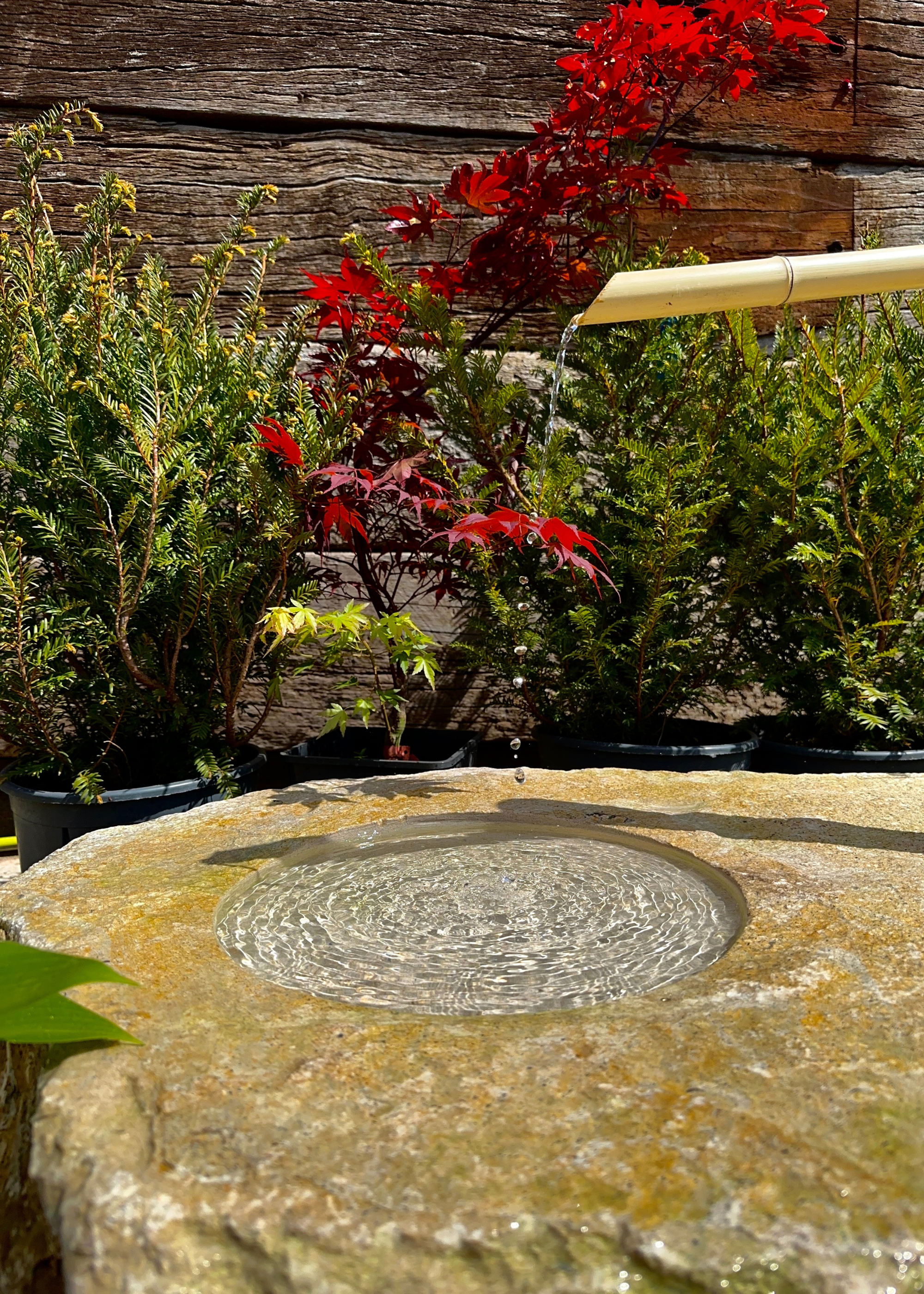
One of the first elements that comes to mind when I visualize a Japanese garden is water. And Rafi Friedman, president at Coastal Luxury Outdoors, also identifies water features as a key decorative element in Japan-inspired spaces.
"Fountains and ponds are common elements in Japanese gardens," he points out. "I recommend focusing on the use of these water features to create quiet, tranquil spaces."
So, in place of loud fountains and sprawling aquatic channels, rely on water garden ideas that feel more at home in a Japanese garden. For instance, this Japanese Tsukubai Wash Basin from Welsh Slate Water Features is a space-conscious feature that's perfectly on-theme.
2. Introduce Traditional Stone Lanterns
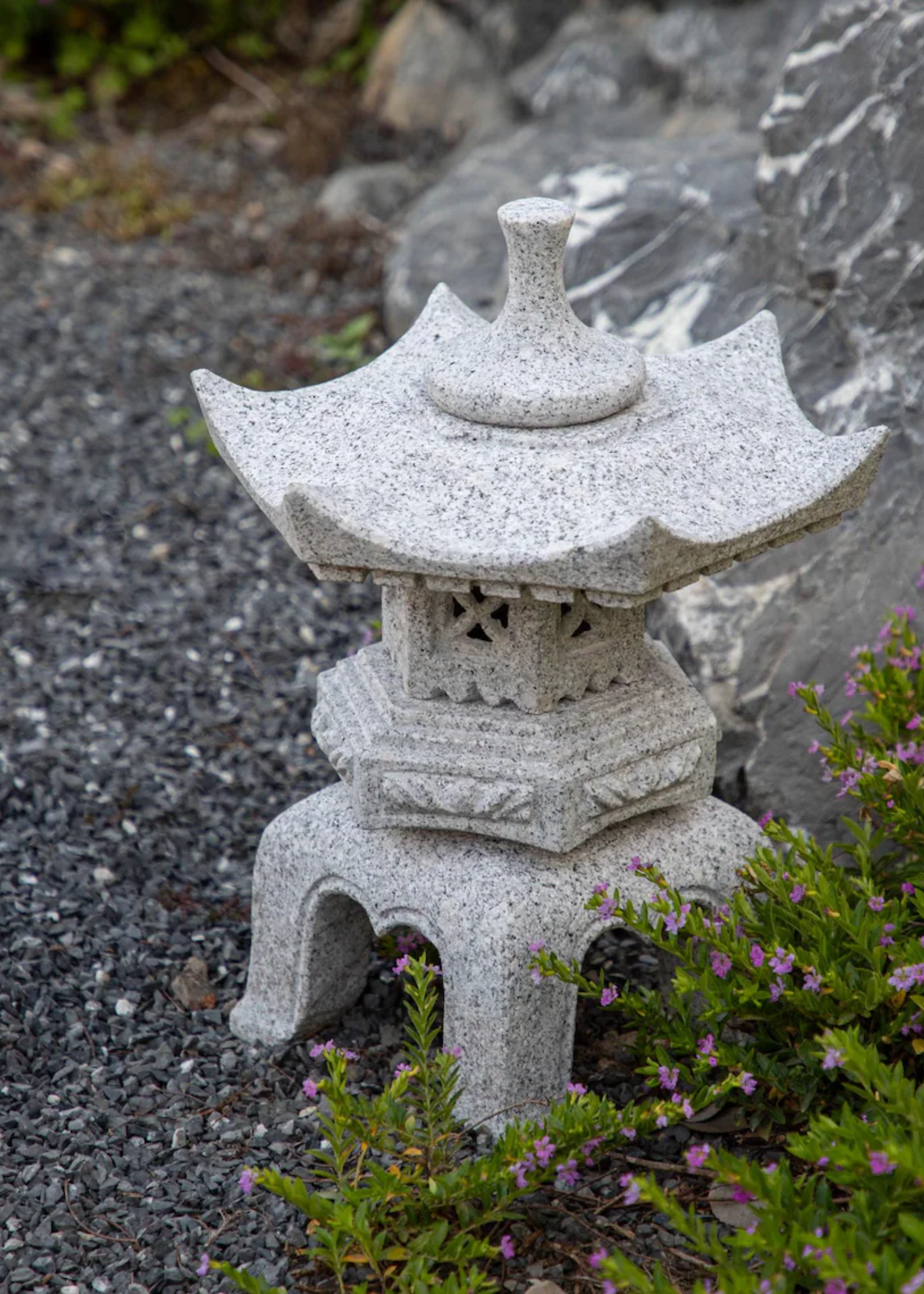
Michael Clarke, landscape architect and horticulturalist at Yardwork, tells me that stone lanterns are a beautiful garden feature to bring into a Japanese garden for a decorative touch that does not feel out of place.
"Traditional stone lanterns, often nestled among moss or near water features, add a spiritual and architectural presence," he explains. "Additionally, their aged stone look provides texture and timeless beauty."
Intricately carved and charmingly rustic, this Granite Japanese Lantern from Etsy is a wonderful option. You can also include a solar lantern or a candle for soft ambient lighting by night.
3. Functionally Accessorize with Bamboo Privacy Screens
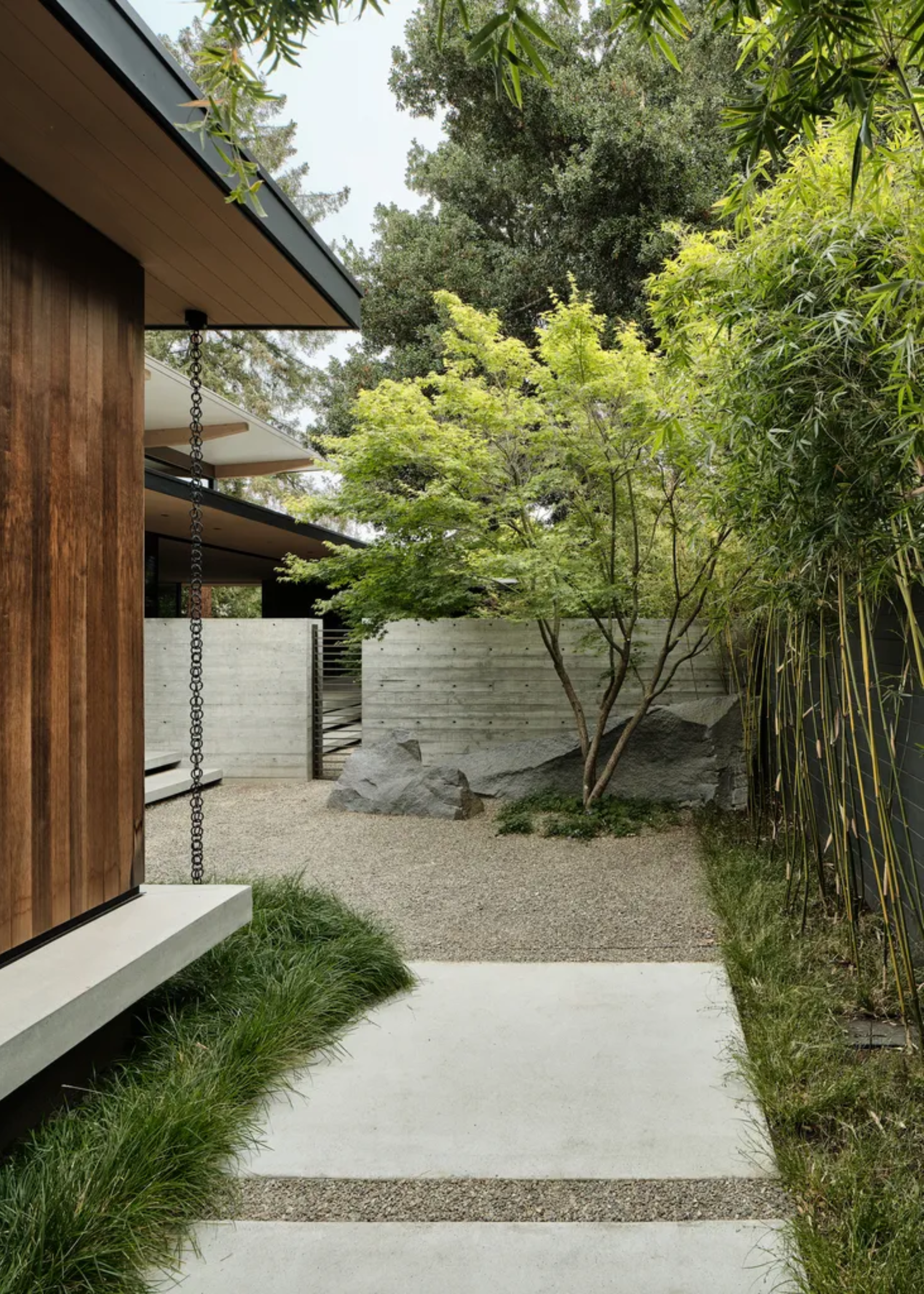
A pitfall of living in crowded cities with wall-to-wall gardens is the unfortunate lack of privacy. However, Rafi tells me that privacy screens influenced by Japanese design are a clever addition.
"In traditional Japanese gardens, these are made with paper walls," he explains. "But you can achieve a similar effect that's outdoor-friendly with fences and trellises."
So if you're wanting to block out a neighbor's views without compromising on design, Michael recommends bamboo fencing. "Bamboo fences offer privacy, natural texture, and a traditional Japanese feel," he says. "They're often paired with wooden posts or twine ties to bring a more authentic Japanese garden feel."
4. Exude Elegance with Minimalism
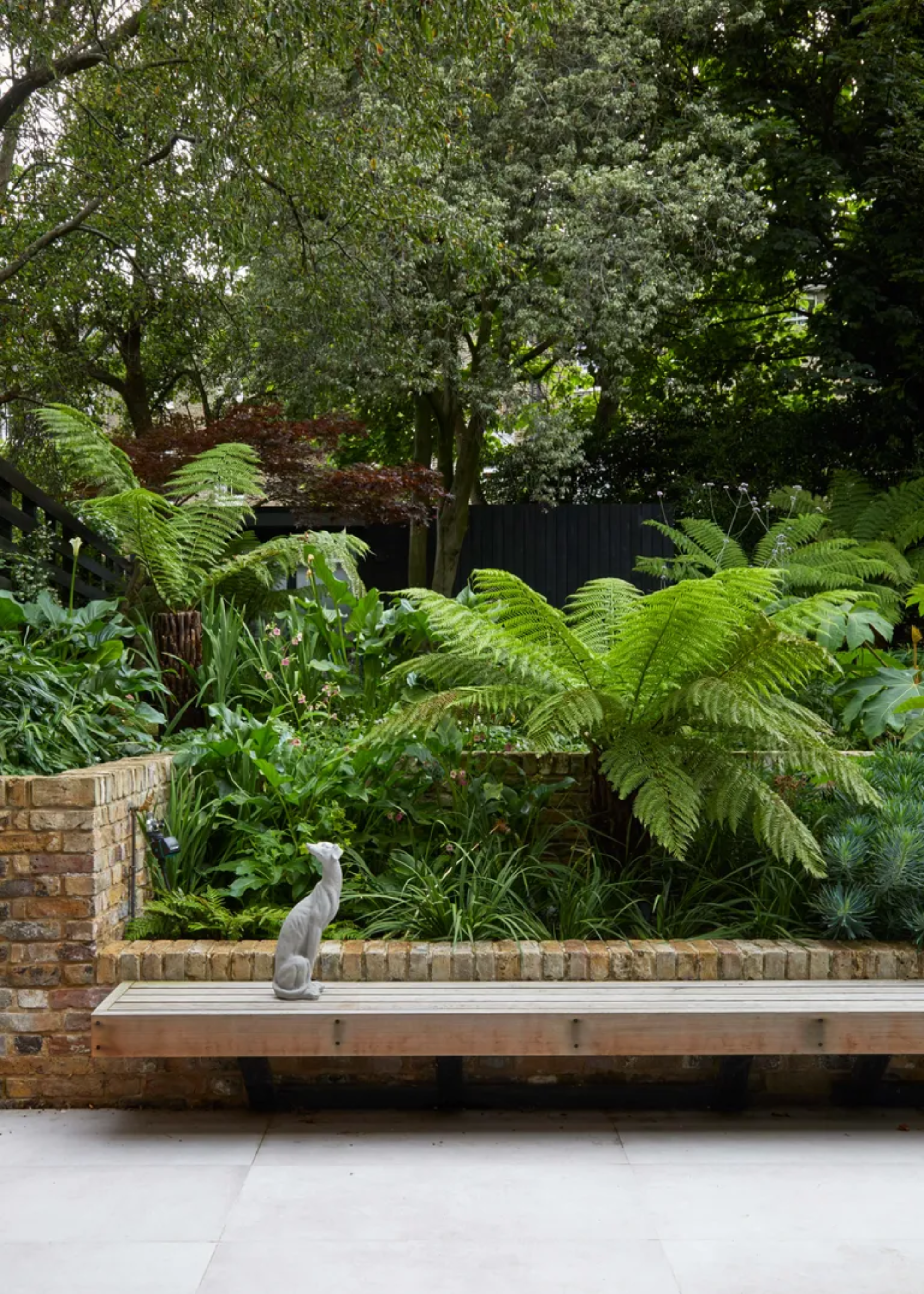
If there's one thing about Japanese principles of design, it's that most styles are rooted in minimalism. In place of overcomplicated vignettes, complex colors, and striking patterns, you'll find sleek design, elegant hues, and refined elegance.
"I have found that most Japanese gardens put a premium on carefully trimmed, pruned, weeded, and curated outdoor spaces," says Rafi. He also explains that these facets of landscape design are bound by minimalism.
An underlying factor that Japanese garden design relies on is the pared-back look. So it's important to identify things to throw out of your garden before it ruins the ambiance of your backyard.
5. Include Textural Intrigue with Elements of Moss
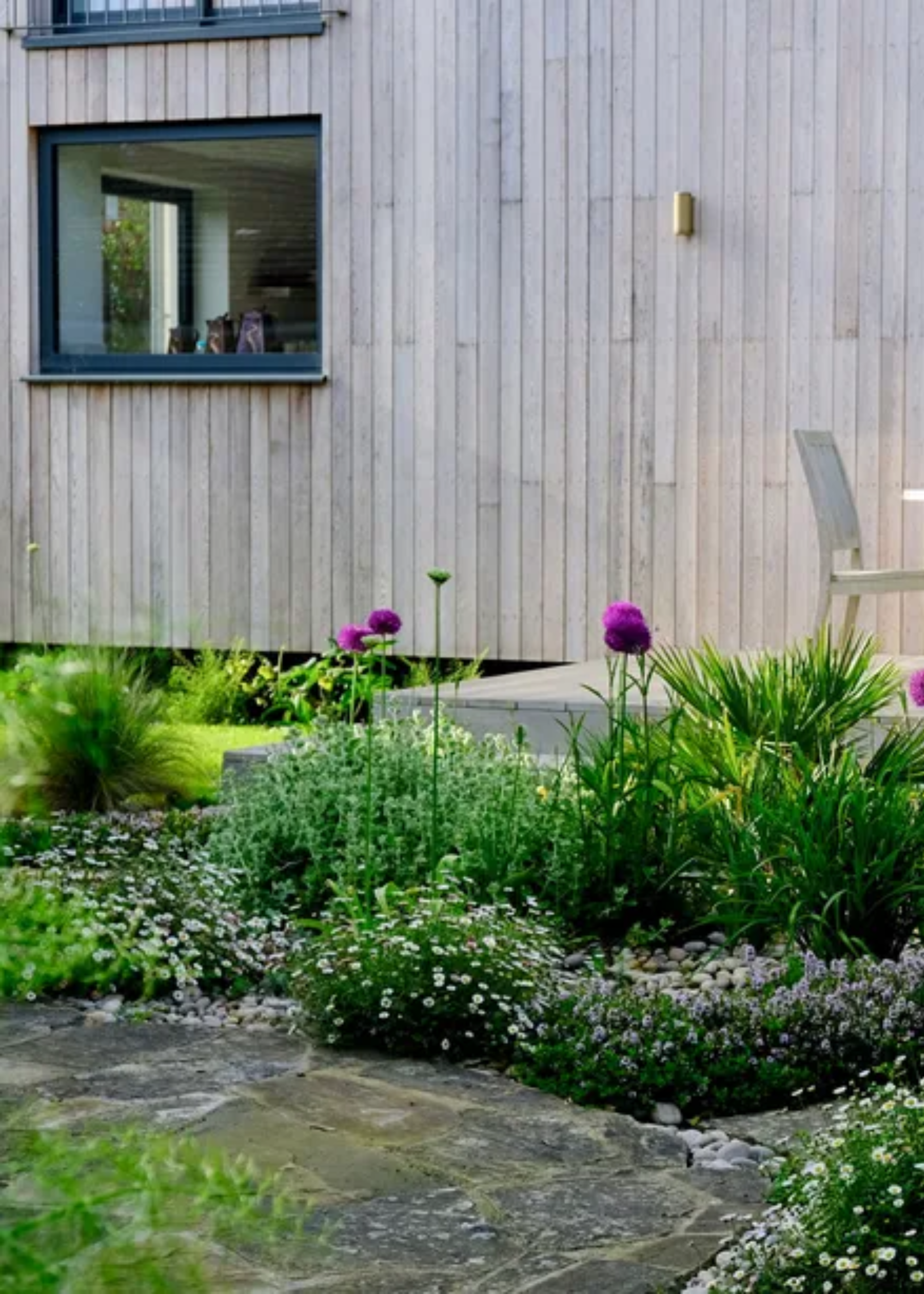
One of the houseplant trends leading the year is moss. And while this trend is having its moment both within and beyond the interior walls of design-led homes, Japanese gardens have masterfully executed the aesthetic for a long time now.
"Moss, a staple of Japanese gardens, adds rich, dark green texture to the garden floor, bringing a sense of age and timelessness," says Michael. He recommends introducing moss to your garden to truly commit to this green aesthetic.
Plus, the look of soft, deep green moss on a garden floor can make a backyard look instantly richer and tended to with a watchful eye. And it helps that it's notoriously low-maintenance.
6. Consider Traditional Hardscaping
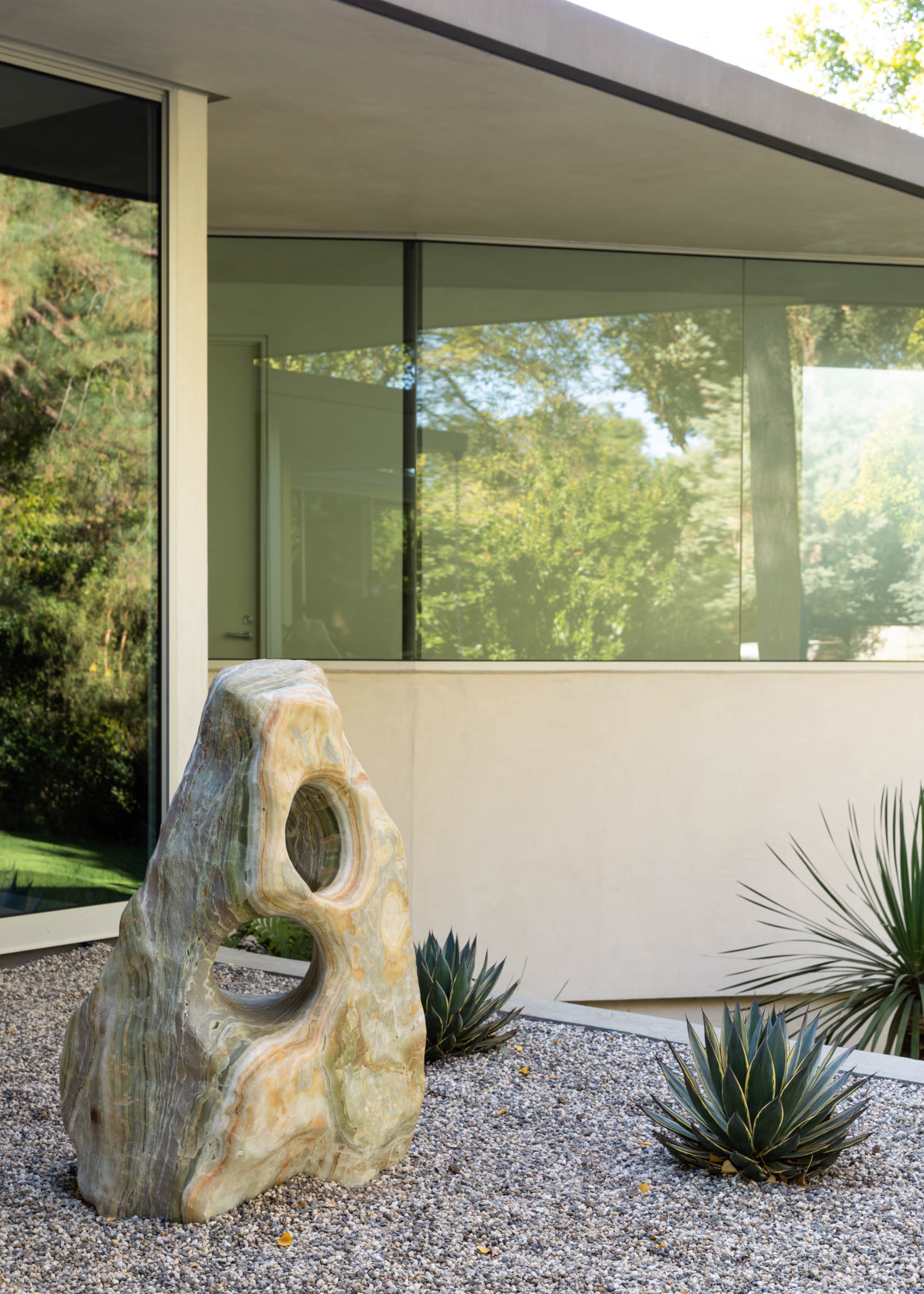
According to Rafi, Japanese gardens are famous for their artful use of boulders, sand, and other stone elements. So if you're wondering what hardscaping materials to pick, textured stone works perfectly.
"While you may not want all the work that comes with a full-sized zen garden, something like boulders in and around your garden beds, or walkways made of stepping stones are good options," he adds.
"Minimalist gravel or sand raked into calming patterns around carefully placed rocks creates a space for quiet contemplation," Michael agrees. "In Japanese gardens, each rock represents a natural element bringing your space to life."
This Coarse Grain Gravel Sand from Amazon is great to bring the essence of a Japanese sand garden to life in your outdoor space. Plus, it's great for enhanced root development, which is essential to a thriving garden.
7. Garden Authentically with Japanese Plants
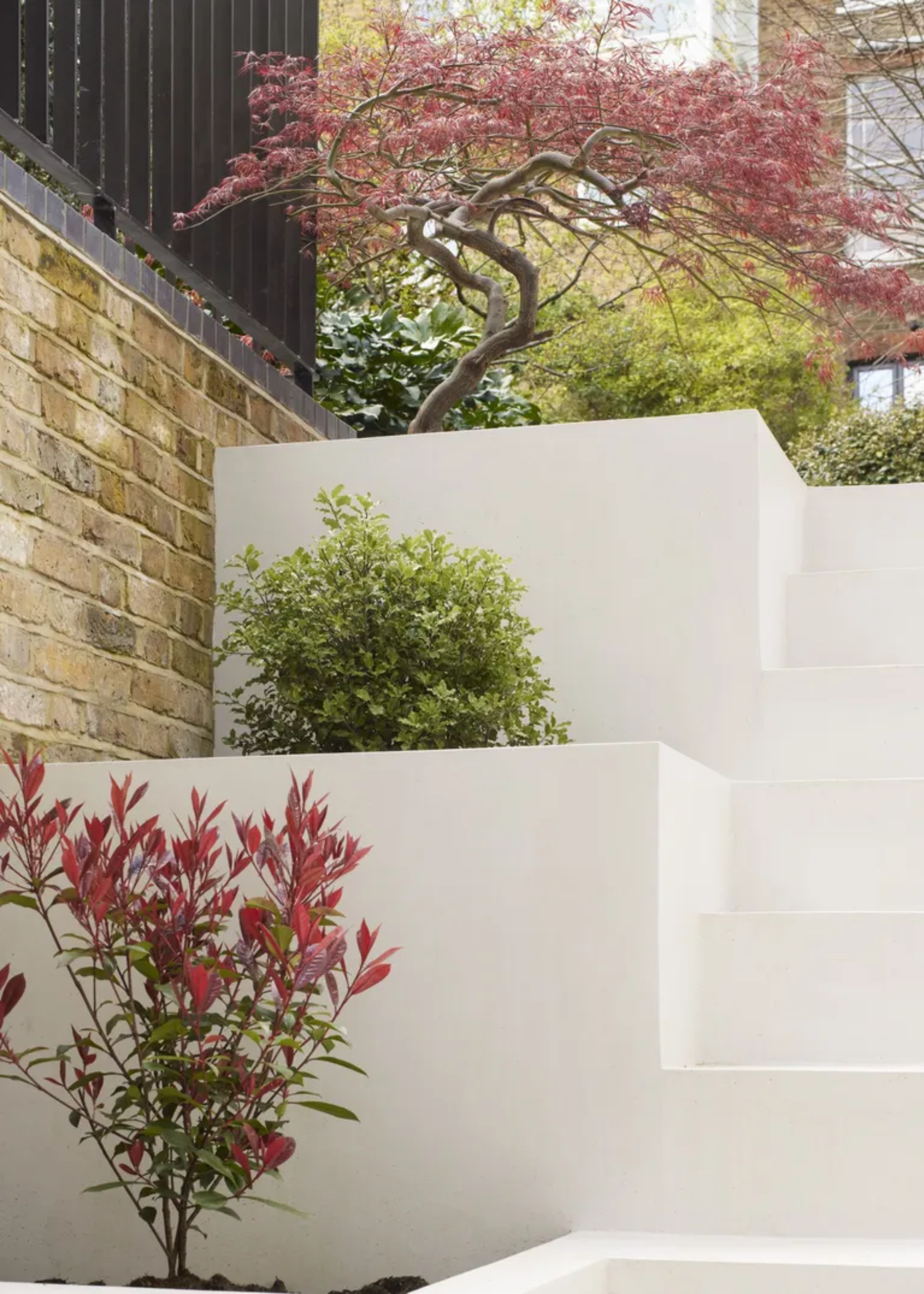
And of course, what would a Japanese garden be without a herd of Japanese plants to adorn your landscape? "Aim for plants like wisteria, cherry trees, and bamboo," says Rafi. "And especially try to find varieties that are native to your area."
If you're looking for classic foliage, Michael also recommends planting Japanese maples. "These beautiful trees add architectural interest and dramatic colors throughout the seasons," he says.
Not only do these maples have the best color in fall, but they're also one of the best trees for small gardens that are short on space, but need a flourish of colorful leafage.
Color: Mocha
This Textured Round Water Fountain from Cox & Cox is dipped in a gorgeous mocha hue and is perfect for small gardens.
Style: Brushed Wood
This Coast Acacia Wood Garden Lounge Chair from John Lewis is the perfect balance of minimalist design and comfortable outdoor furniture.
Color: Beige
Where lighting is concerned for Japanese gardens, this Cordless Outdoor Table Lamp from H&M is a brilliant addition for ambient lighting.
FAQs
What Is the Key to a Good Japanese Garden?
While designing a Japanese garden, the most important thing to remember is less is more. As mentioned earlier, minimalism is a key factor to consider when designing a Japan-inspired outdoor space.
So as you design this space, remember to curate the decor and the foliage in the space with select, simplistic pieces of decor that pull the space together without overwhelm.
Japanese gardens are proof that you can make even the most modern garden a tranquil oasis that thrives on minimalistic decor and beautiful landscaping. And this is exactly the type of garden theme that you'd love if your outdoor space is made to be a space of relaxation.
So if you're considering giving your garden a glow-up and you're looking for a more naturalistic take, that's both stylish and calming, Japanese gardens should be on your mood board.







